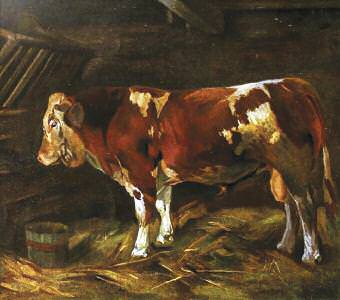cover
LOCATION, LOCATION, LOCATION
Should you care where your meat has been?
WRITTEN BY BARBARA TWITCHELL
We’ve all heard the saying, “You are what you eat.” It turns out this is true all the way up and down the food chain. Whether animals are fed grass or corn makes a difference in a number of important ways. Here’s a quick list of comparative pros and cons:
• Convenience: Although the market for grass-fed meat continues to grow, corn-fed meat still is the standard, making it easier to find in your local store.
• Cost: It takes nearly twice as long to raise animals without the bulking properties of grain. Be prepared to pay about twice as much for grass-fed meat vs. corn-fed.
• Culinary Qualities: Corn-fed meat offers the familiar taste and tender texture most of us grew up eating. Grass-fed animals generally taste a little different (some say more flavorful) and, because they are less fatty, they can have a chewier texture.
• Consistency: Taste and texture of grass-fed meat can vary widely, depending on the type of forage the cattle eat. It can be tougher and wilder tasting than corn-fed meat, or be the best you’ve ever eaten. Corn-fed meat offers consistent flavor and texture, no matter where you buy it.
• Conscience: Pasture-raised animals live more natural, healthy, and humane lives, which is believed to be better for them and the environment. Most corn-fed animals are confined to feedlots for a portion of their lives, an environment that can be stressful and unhealthy for them.
• Controversy: Most grass-fed animals are raised without growth hormones and antibiotics. Most corn-fed animals are given growth hormones to accelerate weight gain. Because of crowded feedlot conditions, it is more likely that they will be given antibiotics, either as a preventative measure or out of medical necessity. Many consumers are concerned about the possible residual effects of these practices.
• Collateral Health Benefits: Numerous studies have shown that grass-fed animals yield leaner meat containing less saturated fat, cholesterol, and calories while offering higher levels of vitamins E and C, beta-carotene, omega-3 fatty acids (thought to reduce heart attack risk), and conjugated linoleic acid (said to aid the immune system in fighting numerous diseases).


